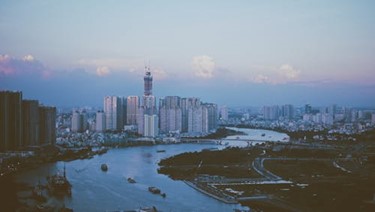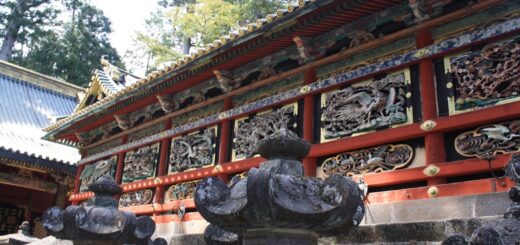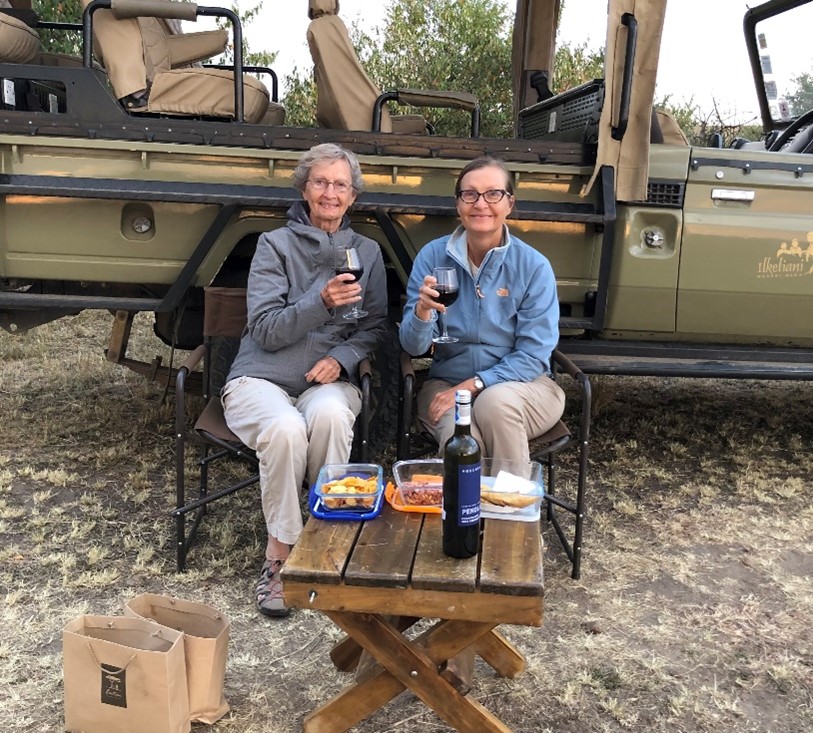Koyasan Monastery
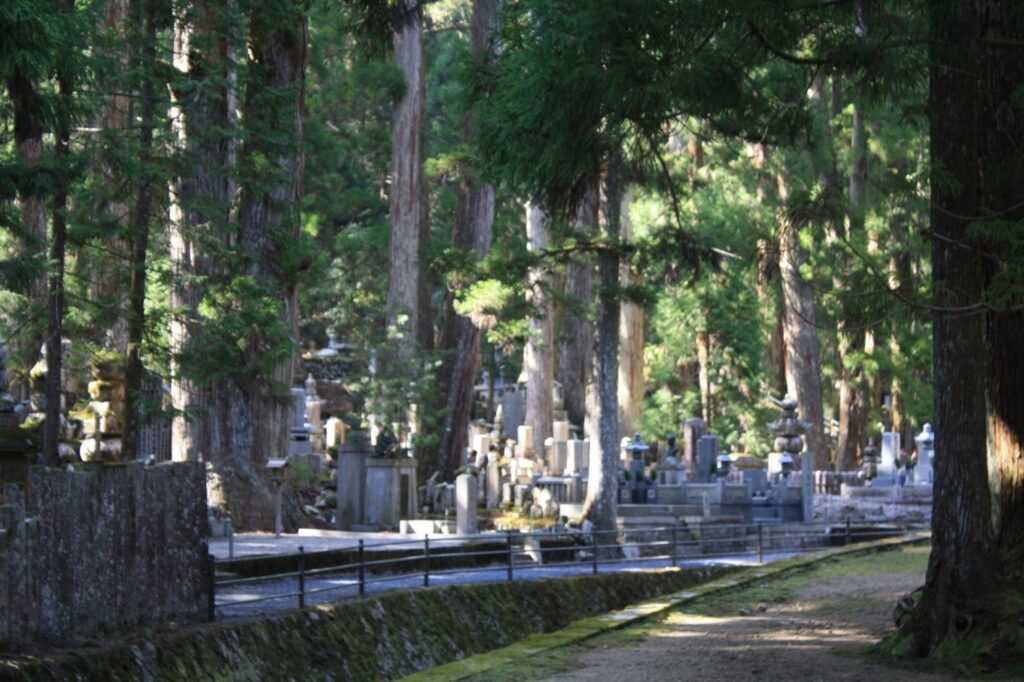
Travel Advice for Seniors: Koyasan Monastary
Koyasan, located atop Mount Koya is an active monastic center founded twelve centuries ago by the priest Kukai for the study and practice of Esoteric Buddhism. According to Kukai, the monastery needed to be high on a mountaintop and far away from villages so that meditation could be pursued properly. We arrived up the mountain by train and then funicular.
We had the unique opportunity for a stay at the actual monastery, namely at the Shukubo temple lodging which provides stays in simple monastic rooms. Yes, we slept on futons and yes, we needed to sit on our heels for meals, the heating was sparse and restrooms were down the hall and shared, so be prepared. The experience is about following a daily monk ritual and not necessarily about luxe comfort.
The monastery provided vegetarian meals which were very good. We had lunch, dinner and breakfast included in our stay as well as a tour of the temple with the occasion to talk to one of the monks, which was a wonderful opportunity to hear some insider information about their monastic life. However, do be aware that the monks have their work during the day and it is not okay to approach them for extensive questioning or photos outside of allocated times.
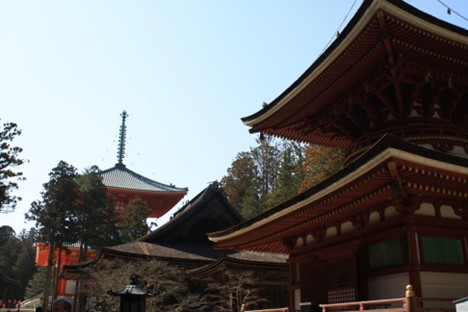
The afternoon was spent at the Garan Temple Complex in the center of Koyasan, the first site to be built out for ascetic training. The Great Tower is vermillion-colored and is still an important gathering place for Buddhist monks for important annual ceremonies and events. Accessible parking and pathways.
Or second stop was at the sacred Buddhist Oku-no-in Temple and cemetery. Opened in 835, it houses the mausoleum of Kukai, founder of the Shingon school of esoteric Buddhism, about whom is said that he is not really dead, but in a very deep meditative state. The temple has accessible parking and some walkways but most are bumpy and cobbled.
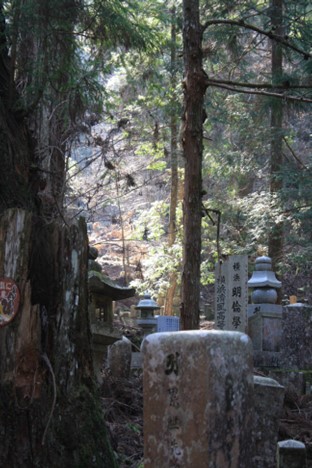
The cemetery grounds were very beautifully located in a huge forest of ancient cedar trees. It was very peaceful and serene walking through the cemetery with its hundreds of thousands of ancient stones, the final resting place of some of Japan’s most powerful and prestigious families. There was also a prayer light chapel near the main mausoleum that remains lit 24/7 and is said to have been that way since the 11th century. There was also a unique mountain wall with niches housing thousands of small Buddha statues. The cemetery was an awesome place to visit and one left feeling very inconsequential and meditative, as is the purpose.
We enjoyed our stay in the monastery and seeing the area highlights of Koyasan. It is a rare opportunity to have this kind of authentic experience, capped off with a 6am prayer service and breakfast before moving on.
Where we stayed: Shukubo temple lodging. Meals included. Authentic experience lodging. Generally accessible but verify.
How we got there: Train and then funicular from Kyoto.This was part of a three-week small group tour through Japan, starting in Toyko, traveling south to Hiroshima and then back to the north island and ending in a loop back in Tokyo.
General Accessibility Information: See notes above. Japan is pretty accessible. Major attractions have accessibility features and most new buildings and hotels are accessible. Much transportation is also accessible. See Accessible Japan for specifics. Call in advance to verify and make specialty arrangements.See our sections on specialty apps and accessible travel for more on accessibility assistance.

